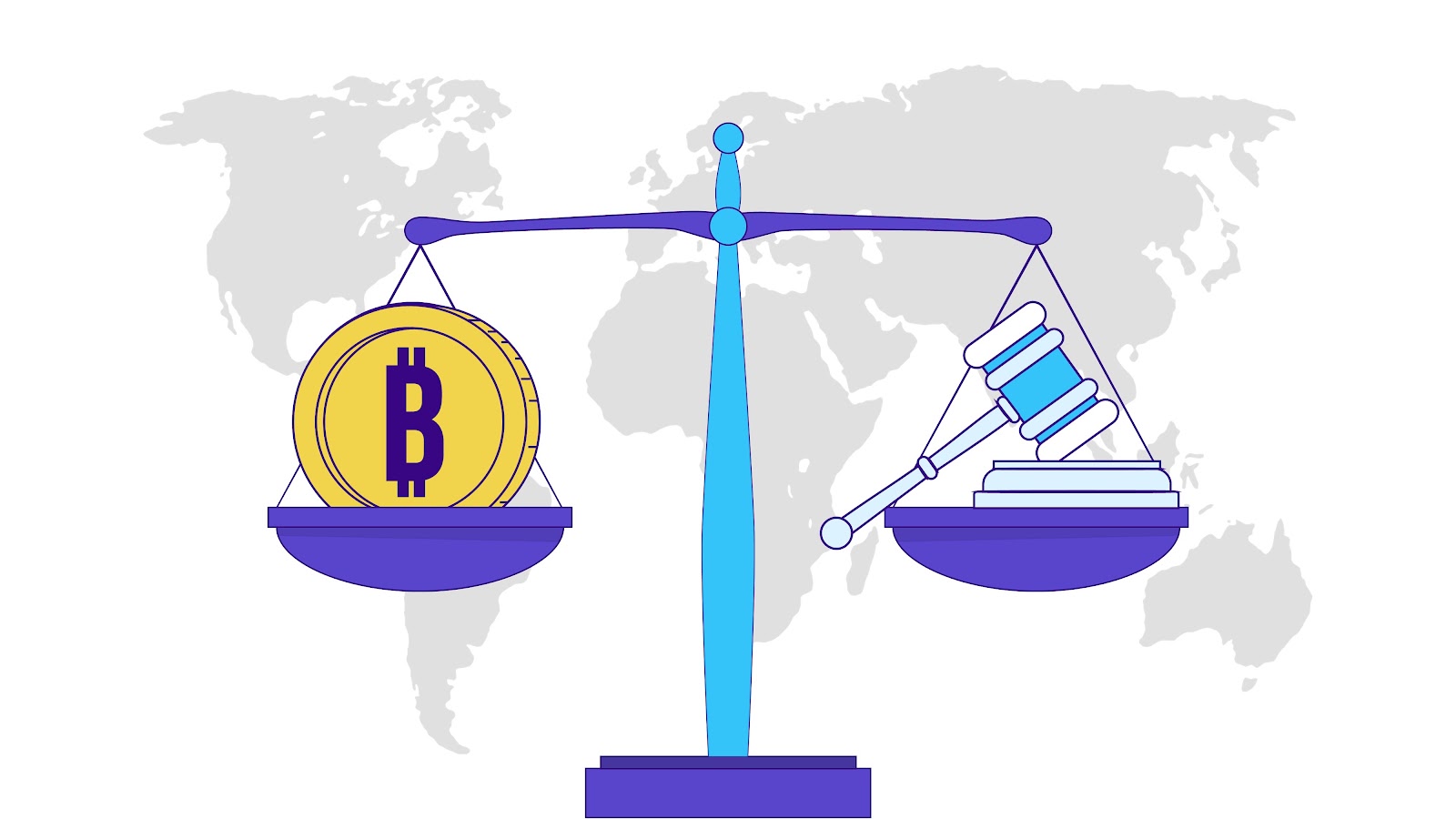The Markets in Cryptoassets (MiCA) regulation framework is an initiative by the European Union to create a comprehensive set of rules for organisations within the crypto industry, such as crypto payment solutions and related services. The purported goal of this regulatory framework is to establish clear and consistent legal standards across the EU while encouraging industry innovation and growth.
MiCA plays a crucial role in shaping the future of the crypto industry, influencing business decisions, and fostering trust among users. Companies operating within and outside Europe must understand and adapt to these regulations to remain competitive and compliant in the rapidly evolving market.
What is MiCA?
The primary goal of MiCA is to create a unified regulatory framework for crypto-assets within the EU, addressing gaps in existing legislation and ensuring a consistent approach to the industry. This comprehensive framework reportedly promotes innovation, protects investors and consumers, and maintains financial stability.
Here are the essential parts of MiCA:
- Licensing requirements for crypto-asset service providers MiCA establishes licensing requirements for crypto-asset service providers, ensuring they adhere to regulatory standards and maintain operational resilience, transparency, and accountability.
- Consumer protection and anti-money laundering measure MiCA emphasises consumer protection, implementing measures against fraud, market abuse, and money laundering. It also requires service providers to follow strict Know Your Customer (KYC) and anti-money laundering (AML) processes.
- Rules on the issuance of stablecoins and other asset-backed tokens MiCA introduces specific regulations for stablecoins and asset-backed tokens, focusing on safeguarding the value of these assets, managing risks, and ensuring issuer accountability.
- Transparency and disclosure requirements MiCA mandates transparent and accurate disclosure of information related to crypto-assets and services, allowing consumers and investors to make informed decisions.
MiCA’s Influence on Business Decisions within Europe
Adopting MiCA as the regulatory standard in the EU sets a precedent for other countries, both within and outside Europe, to develop similar frameworks.
Companies operating with crypto-assets in Europe are affected by MiCA in several ways. They must comply with licensing and reporting requirements, ensuring they maintain a high level of transparency and consumer protection. As a result, MiCA-regulated businesses benefit from increased trust and credibility as consumers gain confidence in the safety and security of their crypto investments. The emphasis on consumer protection fosters confidence in the market, leading to more significant investments and broader adoption of crypto-assets.
Swapin As an Example of EU-Regulated Businesses
Swapin, a company specialising in crypto off-ramping solutions, serves as an example of an EU-regulated business that follows MiCA regulations to maintain a high standard of regulatory compliance and demonstrate its commitment to operating within a secure and ethical framework. SwapinCollect, one of Swapin’s products, is a direct reflection of the company’s adherence to MiCA guidelines, ensuring that users have access to a reliable and transparent platform for managing and trading digital collectables without compromising on safety and regulatory standards.
MiCA’s Potential Influence on Global Crypto Regulation
The MiCA framework has the potential to serve as a model for other jurisdictions to develop their crypto regulations. As the cryptocurrency market expands globally, regulators worldwide may look to MiCA’s comprehensive approach to address the unique challenges posed by crypto-assets and ensure a level playing field for businesses operating in this sector.
Outlined below are several potential advantages of implementing a global regulatory framework akin to the Markets in Crypto-Assets Regulation (MiCA):
Improving Collaboration Between Countries and Aligning Regulations
Adopting a MiCA-inspired global regulatory framework could lead to increased cross-border cooperation and a more consistent set of rules, making it easier for companies to navigate and comply with regulations in multiple jurisdictions. This would reduce the complexities of international business operations and encourage more significant investment in the crypto sector.
Greater Market Stability and Reduced Risks
A global regulatory framework based on MiCA principles could contribute to greater market stability by providing clear guidelines for market participants and reducing risks associated with fraud, money laundering, and other illicit activities. This would, in turn, create a safer environment for both businesses and consumers.
Enhanced Consumer Protection Worldwide
Implementing MiCA-like regulations globally would enhance consumer protection, ensuring that people worldwide can safely invest in and use cryptocurrencies. This would help build trust in the crypto market and potentially drive broader adoption of digital assets.
Challenges and Considerations for Implementing MiCA-like Regulations Globally
Despite the potential benefits, there are challenges in implementing MiCA-like regulations globally. Jurisdictions may face resistance from holders who prefer a more lenient regulatory approach. Additionally, coordinating and aligning rules across different legal systems and cultures may prove to be a complex and time-consuming process. Nevertheless, the long-term concessions of a globally consistent regulatory framework for crypto-assets would likely outweigh these challenges.
The Regulatory Future of Crypto
MiCA has the potential to serve as a global model for crypto regulation, providing a comprehensive and consistent framework that addresses the unique challenges of the crypto market while ensuring a level playing field for businesses operating in this sector.
Companies like Swapin are crucial in promoting compliance and best practices within the crypto industry by adhering to MiCA regulations and demonstrating a commitment to ethical and secure operations.
While challenges remain, adopting MiCA-inspired regulations worldwide could increase cross-border cooperation, market stability, and consumer protection. As the global crypto market grows, the need for a consistent and comprehensive regulatory framework will become increasingly apparent, making MiCA’s model all the more relevant and influential.
